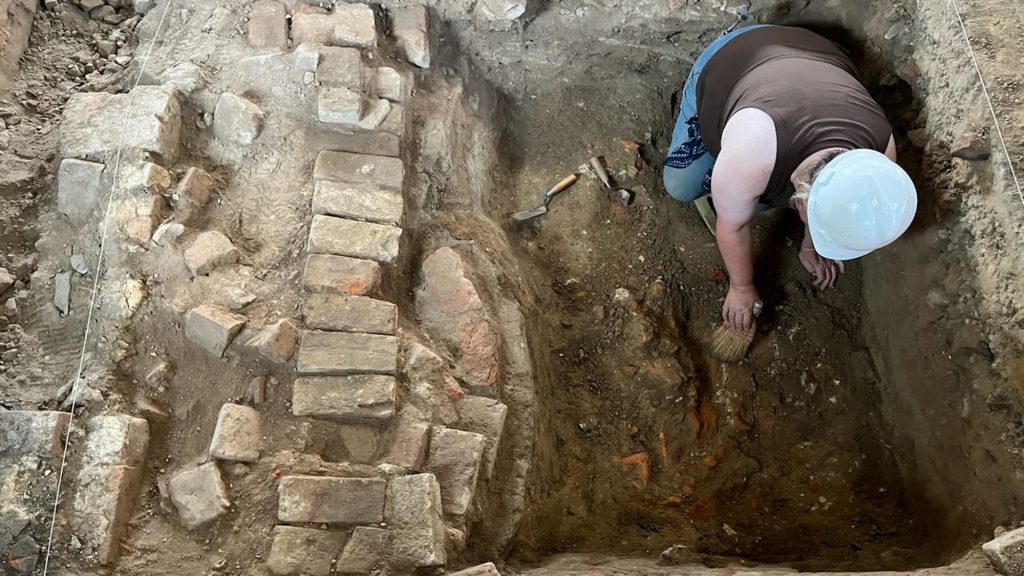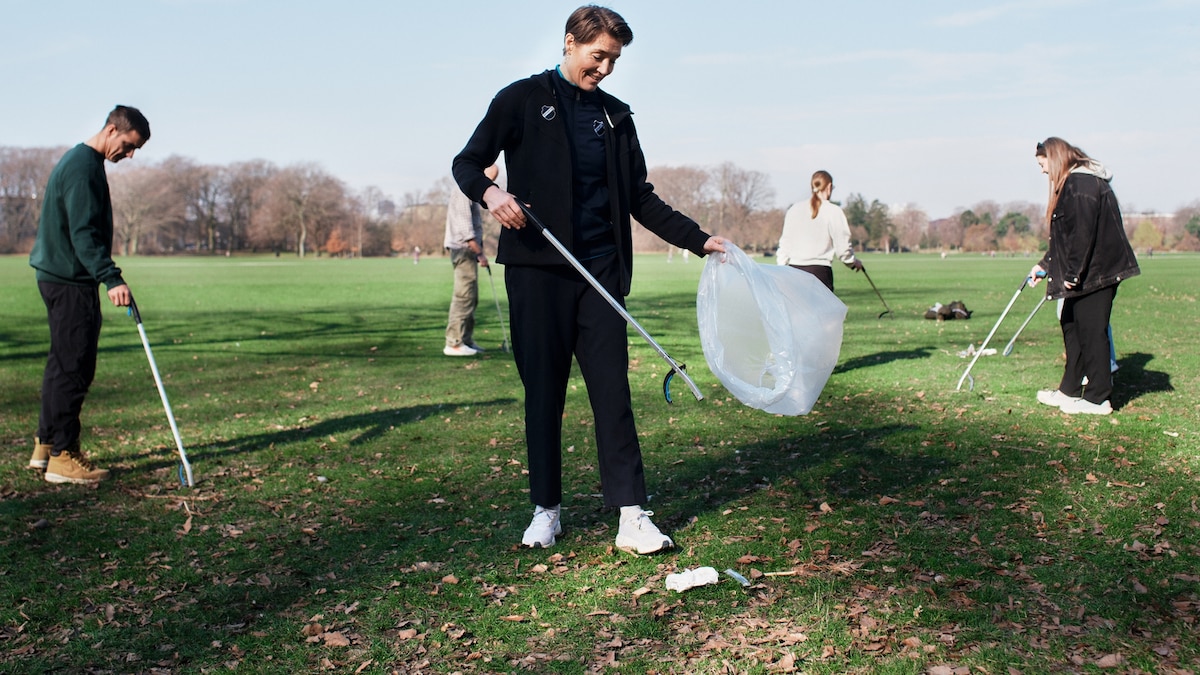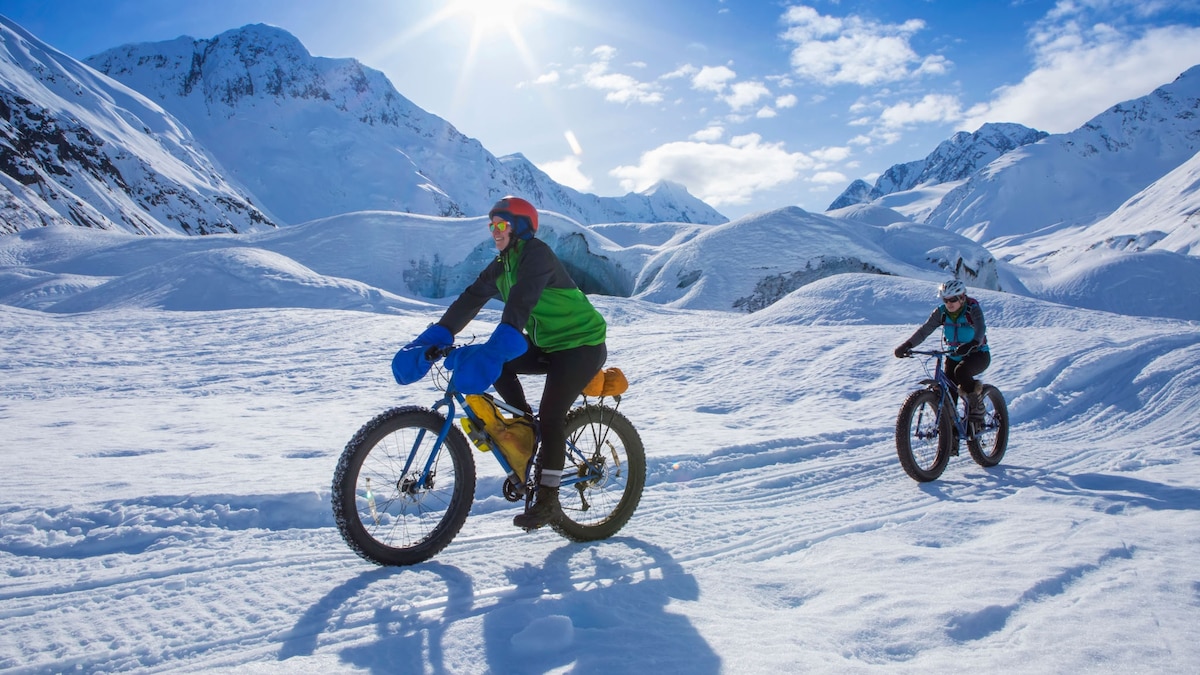Now Reading: The improbable city where ice cream is king
-
01
The improbable city where ice cream is king
The improbable city where ice cream is king
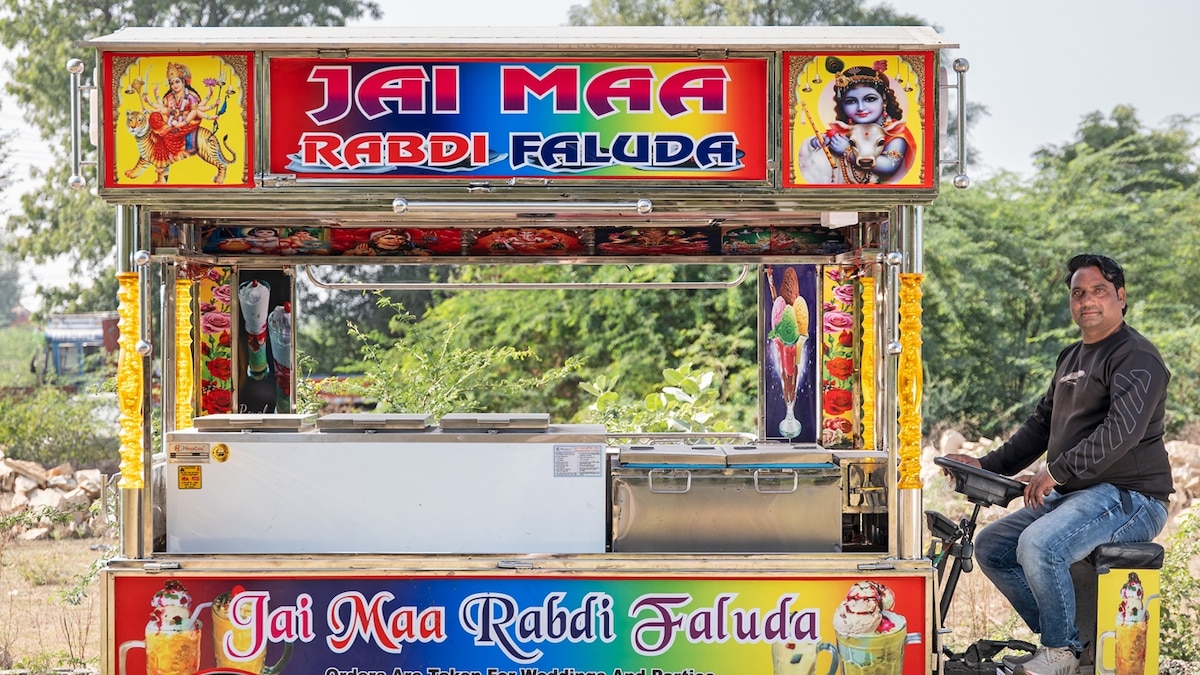
When Shahrukh Shah was a boy, the small, dusty city of Gangapur, India, wasn’t known for much. It was an agricultural town, a hub for the region’s many farmers, and Shah’s family grew corn and wheat on three acres nearby. But farming was never easy on the plains of central Rajasthan—India’s largest state and among its driest—and as Shah got older, it became tougher still, with the rainy seasons more erratic, droughts more frequent, and water for irrigation harder to come by.
Then, around 2014, when Shah was a teenager, his father decided to give up farming during the parched four-month summer in favor of the business that has since put Gangapur on the map: ice cream.
More precisely, Gangapur has become a hotbed of ice cream truck manufacturing. A nearly mile-long stretch of its main thoroughfare is flanked by garages that specialize in building and decorating stainless-steel bodies and affixing them to the beds of mini-trucks. The vehicles, called tempos, are tricked out with colorful signage and LED lights, and the city of some 21,000 people is full of print shops and storefronts—selling coolers, churning machines, syrups, and scoops—all catering to the owners of ice cream tempos.
Fabricating food carts had long been a minor industry in Gangapur, but demand for ice cream tempos has spiked as climate change and a regional water crisis have led Rajasthani farmers to seek alternative income—with early adopters like Shah’s family spreading the word that there’s money to be made in frozen treats.
“We can work for four to six months and make enough for a year,” says Shah, who started by selling ice cream out of his father’s tempo and now, at 30, runs one of his own each summer in a village 50 miles from Gangapur. He knows plenty of seasonal ice cream vendors who travel farther—sometimes more than a thousand miles—staking out intersections across a country where the snack-buying middle and affluent classes have swelled.

Nineteen-year-old Shankar Singh Rawat makes 7,000 rupees a day selling ice cream in Gangapur, his hometown, far more than what a farmer in the area typically earns. He could get more still in a bigger city, he says, but doesn’t want to be far from family.

Jamna Lal Prajapat (left) and Nathu Ba eat ice cream in Gangapur. Ice cream is better in rural Rajasthan, some vendors claim, as it’s often made with raw buffalo milk from the region’s farms. City vendors are more likely to use processed or powdered milk.

A staple of ice cream tempos, kulfi is made by simmering and sweetening full-fat milk and freezing it in molds. It comes in a variety of flavors, including cardamom, saffron, rose, mango, and pistachio.
Baba Raichand, who’s made a vocation out of recording YouTube marketing videos for Gangapur’s tempo shops, says the city has more than 200 of them, double what it had three years ago, servicing clients from as far away as Pakistan, Bangladesh, and Nepal. Shah, meanwhile, estimates that Gangapur has turned out 400,000 to 500,000 ice cream tempos in the past 10 years—of which he has made about 80, having opened his own fabrication shop four years ago to capitalize on the boom when he’s not vending in the summer.
If there’s a ceiling on the subcontinent’s appetite for ice cream, Ashish Suwalka doesn’t see it. Another Gangapur native from a farming family, he now lives in Udaipur, a city of about half a million in southern Rajasthan. At 24, he owns three ice cream tempos and employs a small crew to staff them. “The population is growing,” Suwalka says. “And everyone wants dessert.”
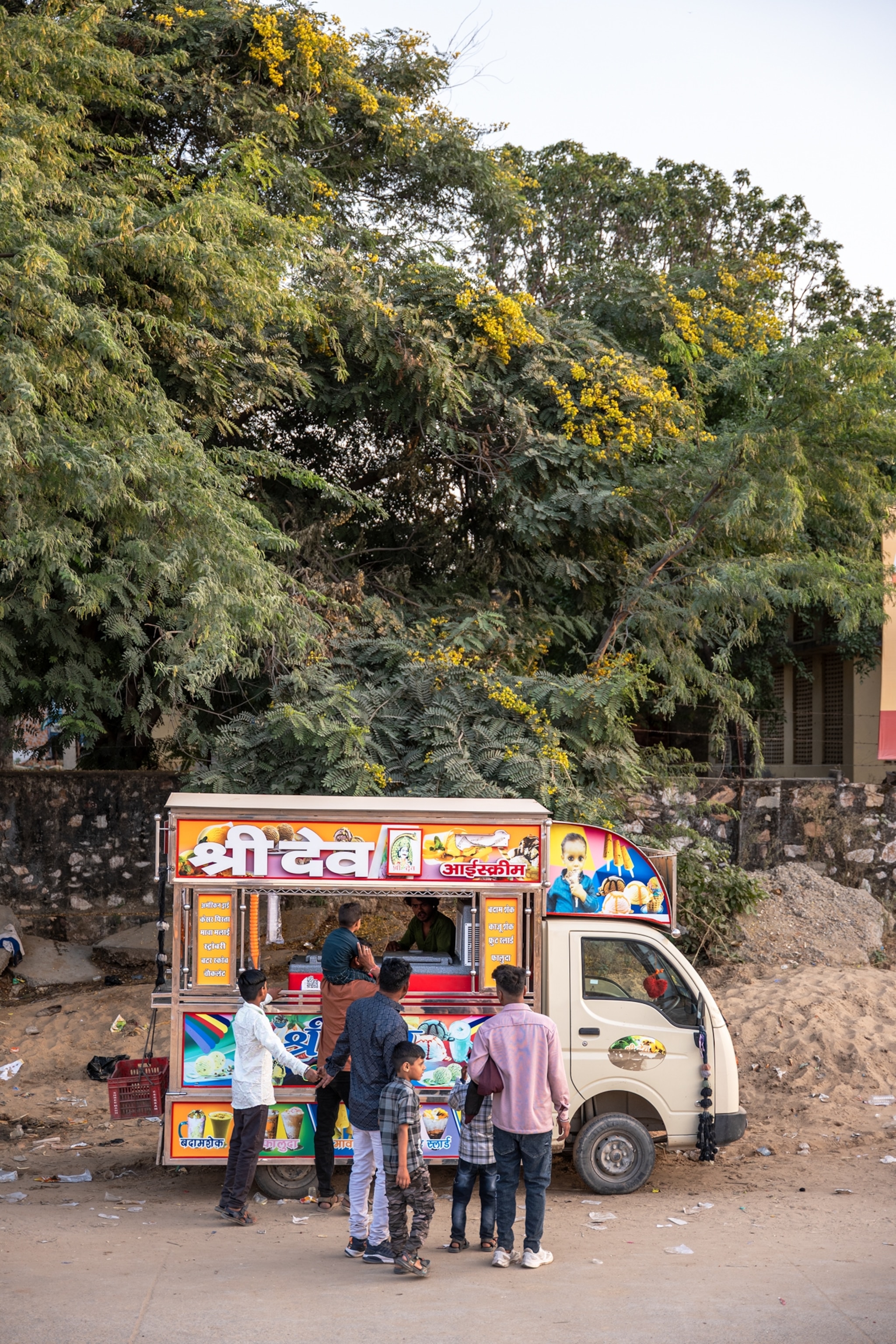
Customers line up during Pushkar’s Camel Fair. Ice cream tempos are common at festivals across the country. “Any tempo in the whole of India,” says Tushar Vaishnav, who runs an Instagram page promoting Gangapur, “ask where it was made, and they’ll tell you Gangapur
A version of this story appears in the July 2025 issue of National Geographic magazine.
For this story, Adil Khan Belim—who owns a steel-fabrication shop servicing the trucks—guided photographers Federico Borella and Michela Balboni around his hometown.














